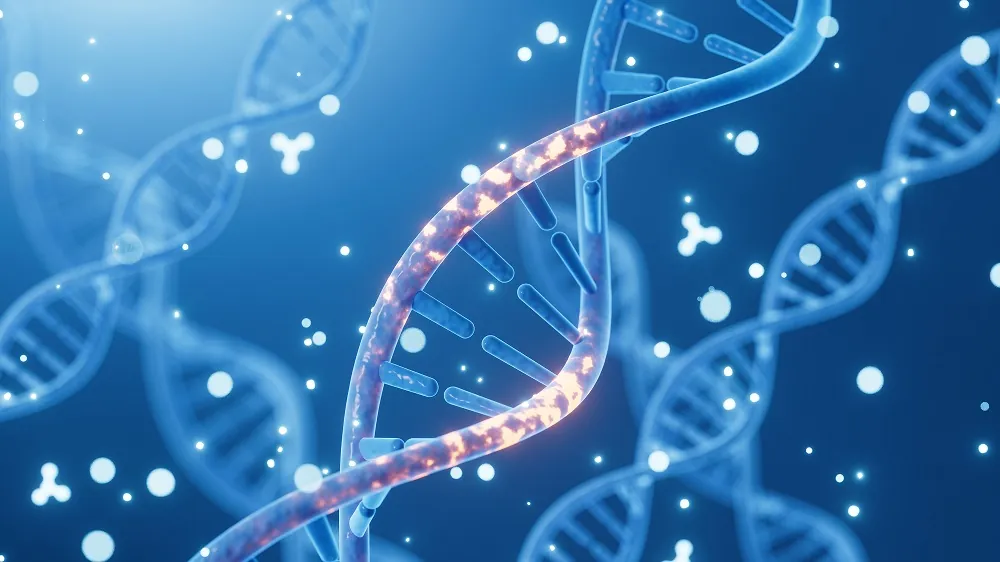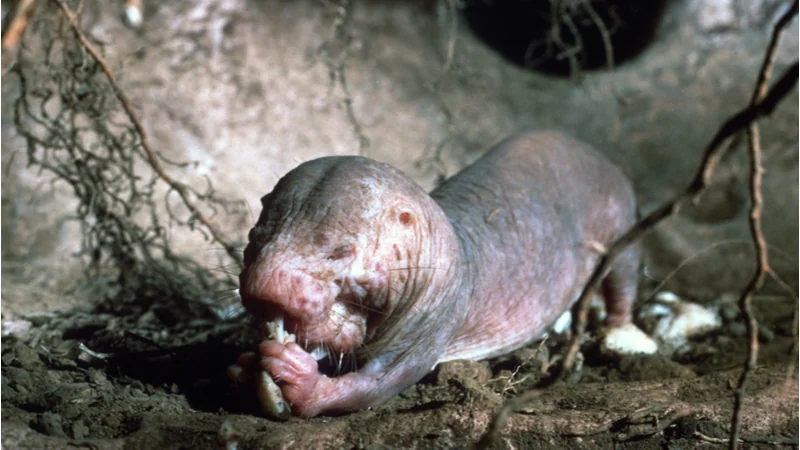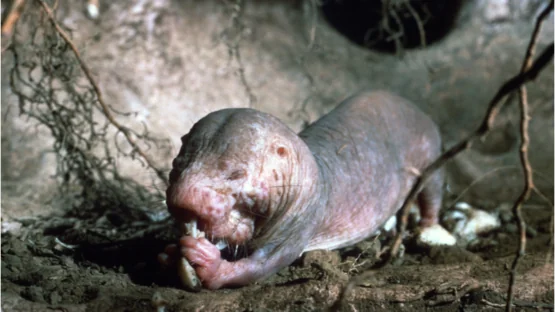A research paper published in Nature by Dr. Vadim Gladyshev and his team has investigated the epigenetic aging of the naked mole rat, an animal whose mortality rate does not appear to increase with age.

Read More
Do naked mole rats actually age?
In this paper, the researchers address the question of whether the naked mole rat is truly a negligibly senescent animal: one that does not age. While naked mole rats remain largely youthful in phenotype even after decades of life, with mortality rate remaining steady over the animal’s lifespan [1], its skin becomes more parchment-like and its activity decreases [2], suggesting that aging is having at least some physical effect.
In this study, the researchers used 107 blood samples taken from naked mole rats from newborns to nearly 12 years of age, analyzing their cells for the epigenetic alterations that characterize aging. They found that these animals do age epigenetically, but the way in which they age is unlike that of other rodents.
Two genes make a big difference
The researchers found two genes whose methylation patterns are different between naked mole rats and mice.
One of these genes was telomerase reverse transcriptase (Tert), which is responsible for lengthening telomeres, which erode as cells divide. Telomere attrition is one of the hallmarks of aging, and a lack of Tert would, logically, lead to an increase in this attrition. The researchers found that Tert methylation in the naked mole rat has more methylation sites and gradually increasing methylation with age, which occurs in a different and wider pattern than that of mice.
Naked mole rats have surprisingly short telomeres compared to mice [3]; however, unlike mice (and people), the telomeres of naked mole rats are known to elongate, rather than shorten, over 20 years [4]. This is entirely expected, as the actual gene expression of Tert remains stable over the animal’s lifespan [5].
The steady expression and positive downstream effects of Tert in the naked mole rat seem to be contradictory to its increased methylation with age. However, these researchers suggest that this increased methylation is part of why these animals very rarely get cancer. Somehow, naked mole rats are able to prevent telomere attrition in healthy cells while simultaneously preventing out-of-control cellular division.
The other gene that the researchers found was Prpf19, which was similar to Tert in that its methylation increased more with age, and in a different pattern, than that of mice. This gene is involved in the double-strand break repair of DNA, which is a critical part of maintaining genomic stability.
Conclusion
Epigenetic alterations in the absence of increased mortality are more than just an intellectual curiosity. The evidence presented by these researchers suggests that the processes of aging that occur in naked mole rats are critically and fundamentally different from those of other species.
This research also demonstrates that not all epigenetic alterations are equivalent. Methylation of a few key genes responsible for aspects of cellular maintenance might be linked to multiple downstream diseases of aging. On the other hand, methylation of other genes might also be protective against other diseases of aging in human beings, just as it is in naked mole rats.
One thing, however, is very clear: if we are ever going to harness the naked mole rat’s apparent negligible senescence for ourselves, we must first have a deep and thorough understanding of the biology involved.
Literature
[1] Ruby, J. G., Smith, M., & Buffenstein, R. (2018). Naked mole-rat mortality rates defy Gompertzian laws by not increasing with age. elife, 7, e31157.
[2] Buffenstein, R. (2005). The naked mole-rat: a new long-living model for human aging research. The Journals of Gerontology Series A: Biological Sciences and Medical Sciences, 60(11), 1369-1377.
[3] Tian, X., Doerig, K., Park, R., Can Ran Qin, A., Hwang, C., Neary, A., … & Gorbunova, V. (2018). Evolution of telomere maintenance and tumour suppressor mechanisms across mammals. Philosophical Transactions of the Royal Society B: Biological Sciences, 373(1741), 20160443.
[4] Adwan Shekhidem, H., Sharvit, L., Leman, E., Manov, I., Roichman, A., Holtze, S., … & Atzmon, G. (2019). Telomeres and longevity: a cause or an effect?. International Journal of Molecular Sciences, 20(13), 3233.
[5] Kim, E. B., Fang, X., Fushan, A. A., Huang, Z., Lobanov, A. V., Han, L., … & Gladyshev, V. N. (2011). Genome sequencing reveals insights into physiology and longevity of the naked mole rat. Nature, 479(7372), 223-227.




